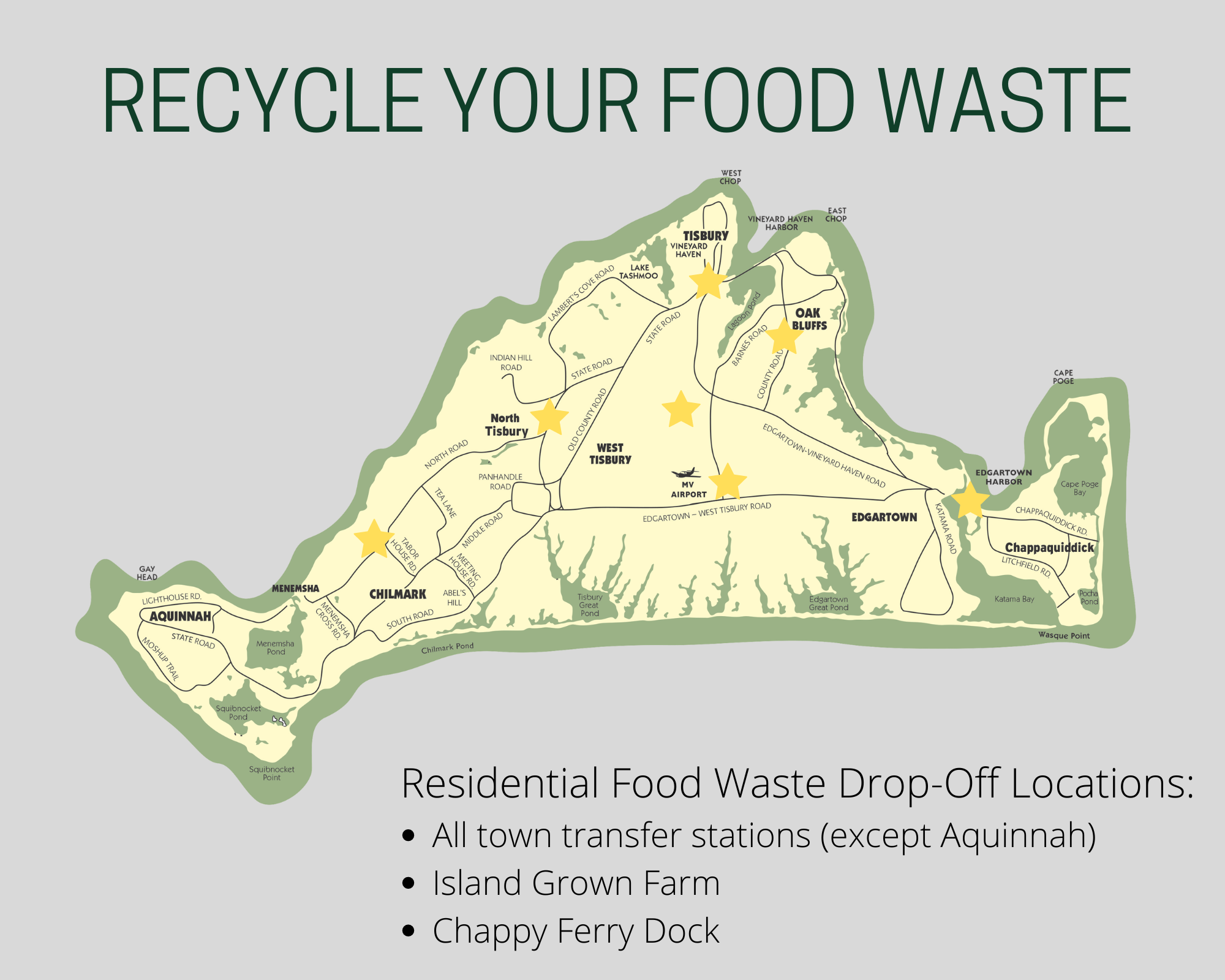OBJECTIVE
Students understand that special foods are used for special occasions. Students learn how to taste with respect and discretion.
ESSENTIAL QUESTIONS
Where does food come from? How does food build community? What is the role of food in celebration?
MATERIALS NEEDED
Pre-lesson writing prompt: Write a brief descriptive paragraph about the food you had for your last birthday or holiday. What part of the meal was special and not served on most nights?
PROCEDURE
Introduction:
• Students share from their reflections
• How might celebrations have happened at sea?
Background:
Special occasions brought better or extra food. Birthdays and the 4th of July were celebrated. But the biggest celebration happened when the whalers got their thousandth barrel of oil! For every thousandth barrel of oil, the crew got a big batch of doughnuts fried in whale oil. In August, 1858, Henrietta Deblois described her 1000th barrel doughnut experience on board the Tiger: “Today has been our doughnut fare, the first we have ever had. The Steward, Boy and myself have been at work all the morning. We fried or boiled three tubs for the forecastle -one for the steerage. In the afternoon about one tub full for the cabin and right good were they too, not the least taste of oil – they came out of the pots perfectly dry. The skimmer was so large that they could take out a 1/2 of a peck at a time. I enjoyed it mightily.”
o Early donuts were actually nuts with no holes!
Why wouldn’t they have had donuts everyday?
-Scare resource: sugar. Oil = profit.
Activity: Pickled radish tasting.
• Pickled vegetables were another scarce resource on the ship, so the crew probably would only have gotten to eat them on special occasions. Since the holidays are coming up, we’ll taste our special radishes today.
Tasting rules: Tasting counts as: smelling, touching with your tongue, tasting a little bit. Don’t yuck anyone’s yum! Strong describing words. What does it really taste like? Not just: do you like
it?
• Let students try at least one radish from each jar. Try one at a time with the group
and compare them.
FOLLOW UP & EXTENSIONS
Plant radishes in the garden








